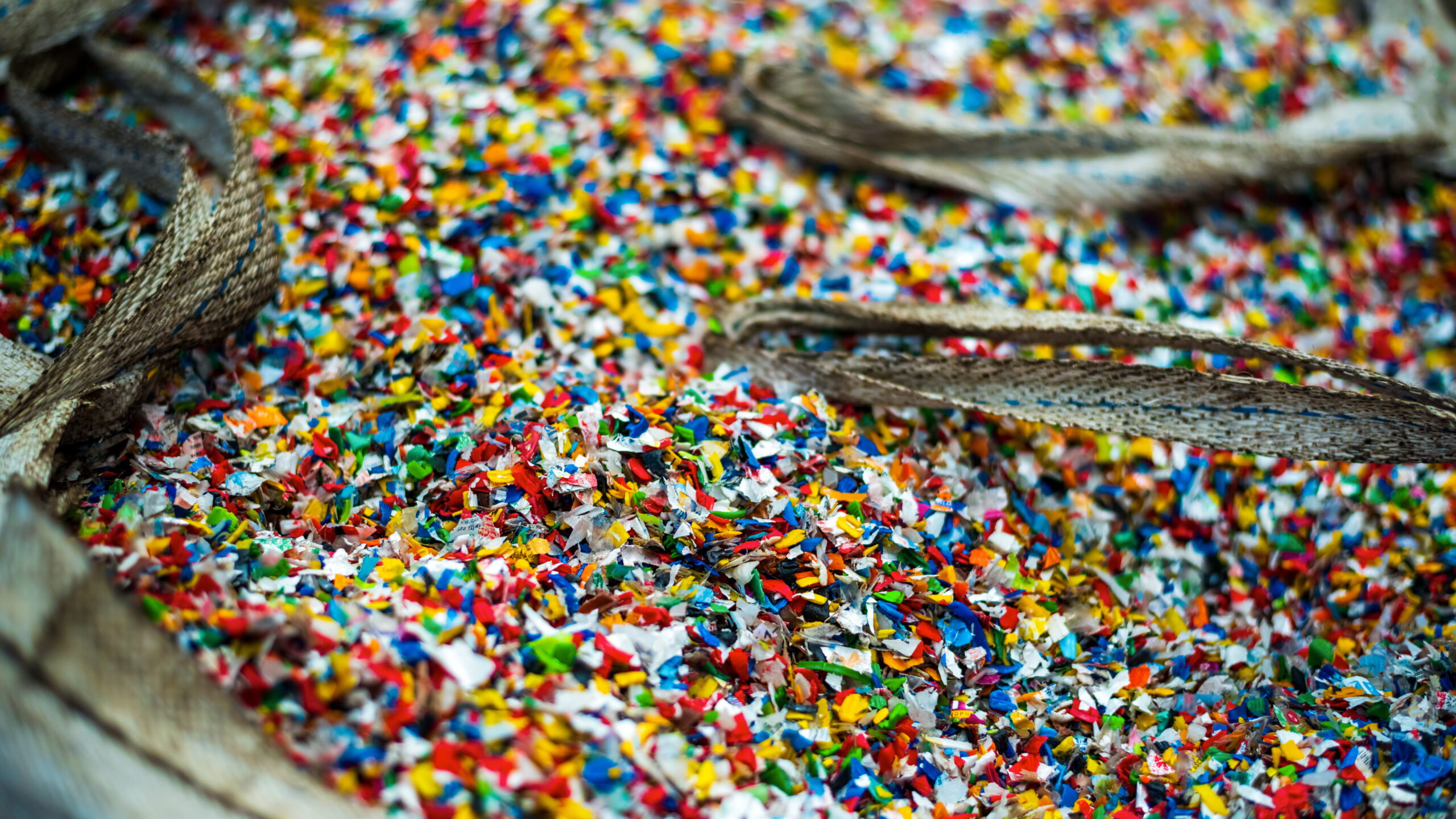The term ‘Microplastics’ became quite mainstream in 2018, with the help of such documentaries like David Attenborough’s ‘Blue Planet II’ and the BBC’s ‘Drowning in plastic’. It is a term given to tiny fragments of plastic and is a word that everyone should know about.
Why we should care about Primary Microplastics
Microplastics are dangerous. They are dangerous for the natural world and therefore they are dangerous for humankind too. The problem of Microplastics is HUGE. Way bigger than this post could ever possibly describe it to be. Out of the two types of microplastics (Primary and secondary microplastics), the one that we will concentrate on today are the ones that already exist as microplastics, namely Primary (secondary microplastics start out as larger pieces of plastic and are then broken down into smaller fragments until they become small enough to be classified as Microplastics (geek-out: less than 5mm in length)).
Primary microplastics are already small enough to be dangerous when they enter our environment. These can be from plastic pellets for the manufacture of anything plastic, plastic fibres from synthetic clothing and even microbeads which are used in things like toothpaste and exfoliating products.
In 2012, during Typhoon Vicente in Hong Kong, 6 shipping containers were lost at sea releasing 150 tons of plastic pellets into the ocean. In the weeks thereafter through volunteer groups, the HK Government and the company who the pellets belonged to started a cleanup mission which was estimated to have recovered 70% of the pellets. That still left over 40 tons on pellets, can you imagine how many small pieces of microplastics that is?!
These microplastic are eventually ingested by marine life and birds. The graphic images of the aforementioned documentaries showed us a picture of an environmental issue too big to comprehend. A study conducted by the State University of New York showed that out of 18 species of fish that were sampled, all of them showed some level of plastics in their system. The level of damage to humans from ingesting fish is still unknown but a study in 2018 on 8 humans from Europe and Japan found microplastics in human feces for the first time. They had all consumed plastic-bottled water and 6 had also eaten seafood.
Is there a way to get rid of Primary Microplastics?
The solution, unlike the problem and the cause, is still an unknown area that is being worked on by people and organisations around the globe. The good thing is the problem has snow balled into people vocabulary but we still get the feeling that some companies just don’t get it or they are putting profit before our planet. Many of the mainstream clothing companies think that making clothing out of recycled plastic is the solution to the problem, but it certainly is not. When you wash an item of clothing, tiny particles of the materials are removed during the cycle which is then released into the environment through the grey water of your washing machine. By making clothing out of plastic, we are taking something that needs 400+ years to become microplastic, and helping it on its way to the oceans in the form of microplastic (granted, you can purchase a bag to catch the microplastics in the washing machine, but I am not sure how many people would do this).
The more people know about the impacts of microplastics, the more can be done about it. The unfortunate thing is, we don’t have an answer to it right now and some even say its too late. We are trying out best to educate corporations and businesses about the plastic problem, but it really is you and I that can make a difference. For every ‘made with plastic’ garment you don’t buy, there will be less environmental impact. For every tube of face scrub you don’t buy, the planet will thank you. The throw-away culture is sooooo 2018. We need to change, and we need to change now!
Discover our range plastic-free drinking water solutions – water purifiers for home, for offices and for restaurants.
